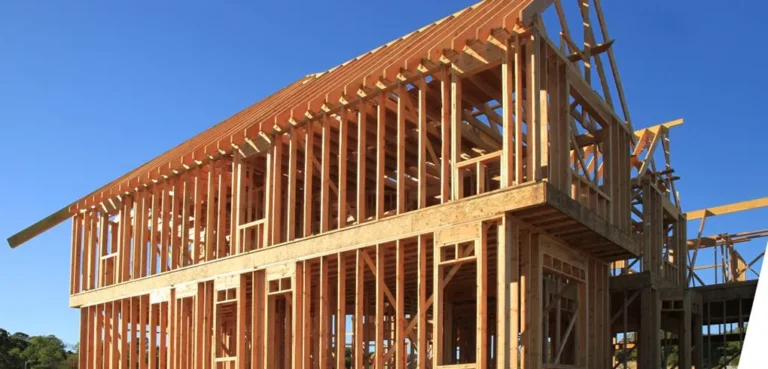Like concrete and steel-framed houses, mortgage lenders consider timber framed buildings to be “non-standard” properties. But that’s not to say that you can’t get a mortgage for a timber framed house. Not all lenders will lend on non-standard construction properties but many do – whether a specific lender will agree to lend on your property will ultimately be down to their criteria. Furthermore, many timber framed properties built after 1970 are categorised as “standard construction”, providing the building’s outer walls are made from brick and block. This means you may have more lenders and options available to you.
Lenders also look favourably on a property if the builder obtained a National House Building Certificate. However, this does depend on an individual provider’s lending criteria.
The best way to secure a mortgage on a timber framed house is to speak with an independent mortgage broker who will be able to advise you on the best mortgage product for your needs.

